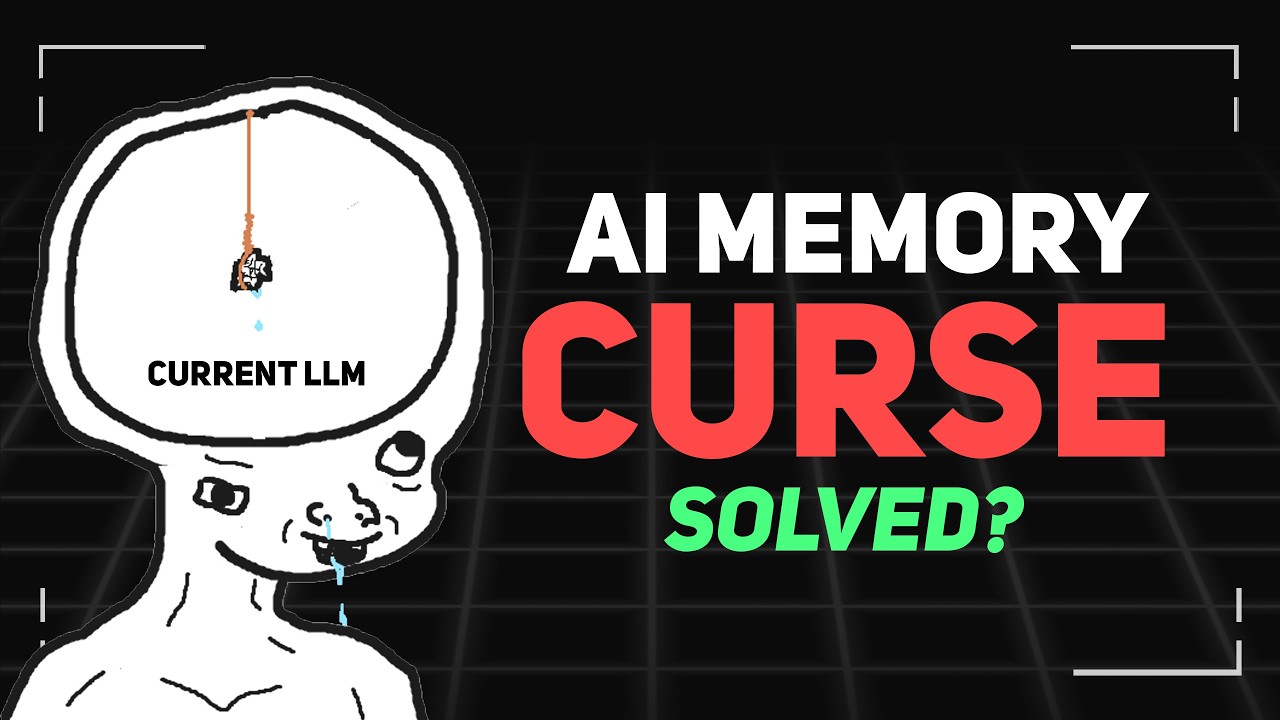The video explores advancements in AI language models, focusing on Google’s “Transformer 2.0” architecture, which enhances context processing through a multi-faceted memory system inspired by human memory. This new approach allows for significantly larger context windows, improving accuracy and efficiency in information retrieval while addressing the limitations of traditional models.
The video discusses the limitations of large language models (LLMs) regarding their context windows, which restrict the amount of information they can process at once. As these models require context to generate useful responses, researchers have been exploring ways to extend these context windows. However, simply increasing the size of the context can lead to diminishing returns, and even with a larger context, models may still forget information or produce hallucinations. The focus has shifted towards improving the architectural design of attention mechanisms within Transformers, which are the backbone of many AI models.
The first research paper highlighted is from Sak AI, which introduces a system called “n.” This model learns to take notes in a more efficient manner, akin to a student who evolves their note-taking skills over time. Instead of following rigid rules to condense information, “n” identifies and retains core ideas while discarding less important details. This approach allows the model to reduce the amount of memory used significantly while maintaining performance, showcasing a more intelligent way of managing information.
The second paper from Meta proposes a “memory layer at scale,” which acts like a flashcard system for the note-taking student. This system organizes key-value pairs of information, allowing for faster retrieval of facts without the computational burden of processing dense layers. The memory layers can be sparsely activated, which enhances efficiency and accuracy in factual benchmarks. However, the researchers acknowledge that flashcards are limited to factual retrieval and cannot encompass the broader reasoning skills that traditional notes can.
Google’s research introduces a more radical architectural change inspired by human memory, differentiating between short-term, long-term, and persistent memory. Short-term memory functions like traditional note-taking, while long-term memory resembles flashcards but is designed to prioritize unexpected or contradictory information. Persistent memory stores abstract reasoning skills that do not require frequent updates. This multi-faceted memory approach allows for more effective information retrieval and processing, enhancing the model’s ability to handle larger context windows.
The culmination of these advancements is Google’s architecture called Titans, which can manage context windows exceeding 2 million tokens, achieving remarkable accuracy. Titans can even extend to a 10 million token context window, outperforming existing models in accuracy and efficiency. With a relatively small parameter size, this architecture represents a significant evolution in Transformer models, promising to enhance the capabilities of AI in processing and understanding vast amounts of information. The video concludes by encouraging viewers to stay updated on cutting-edge research and developments in AI.
